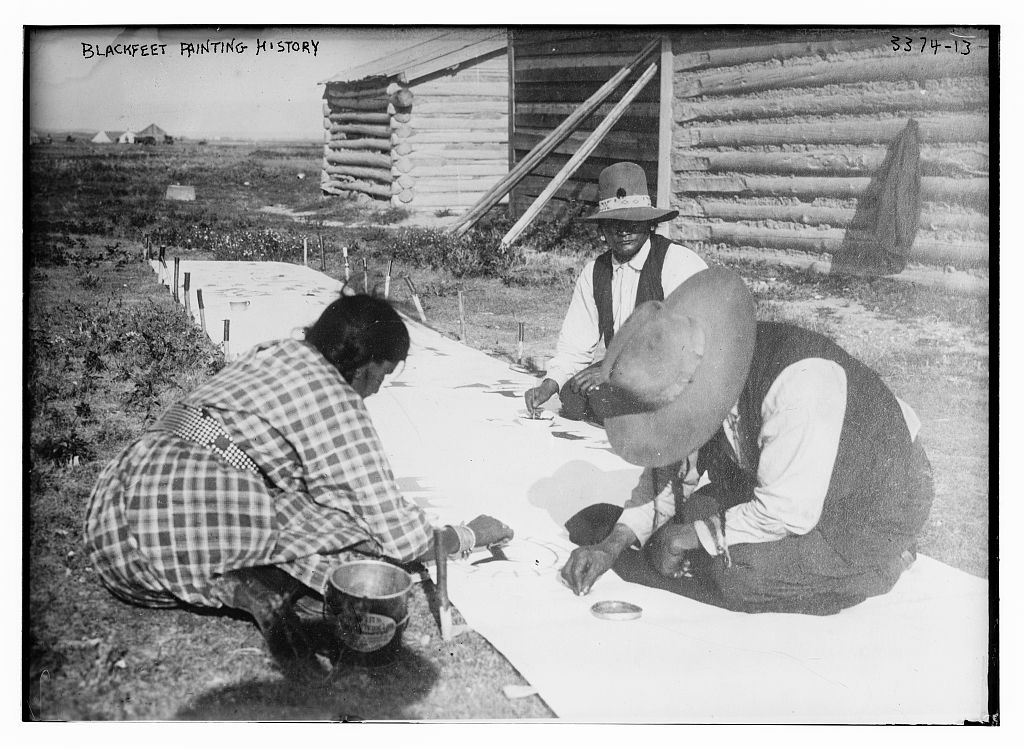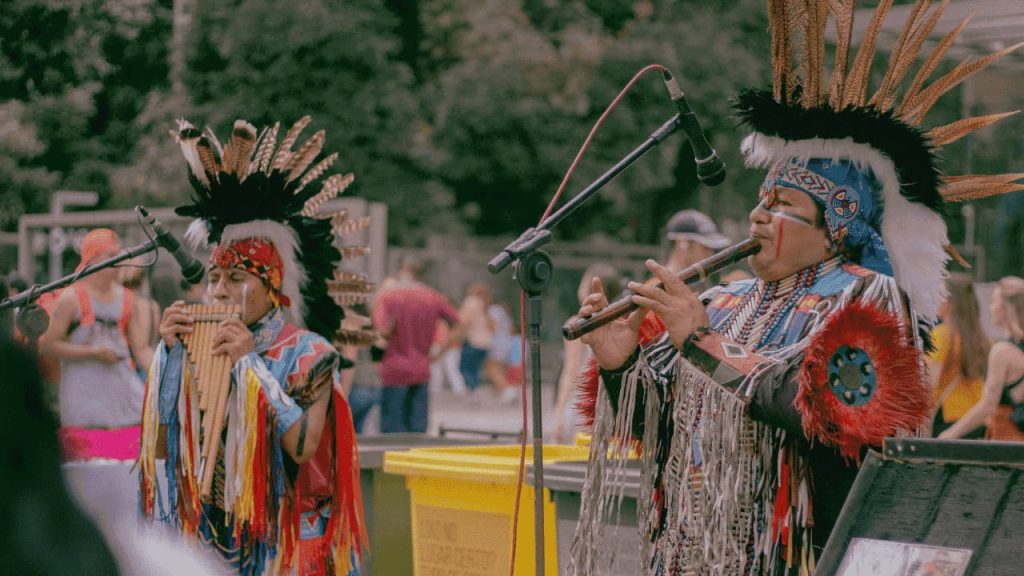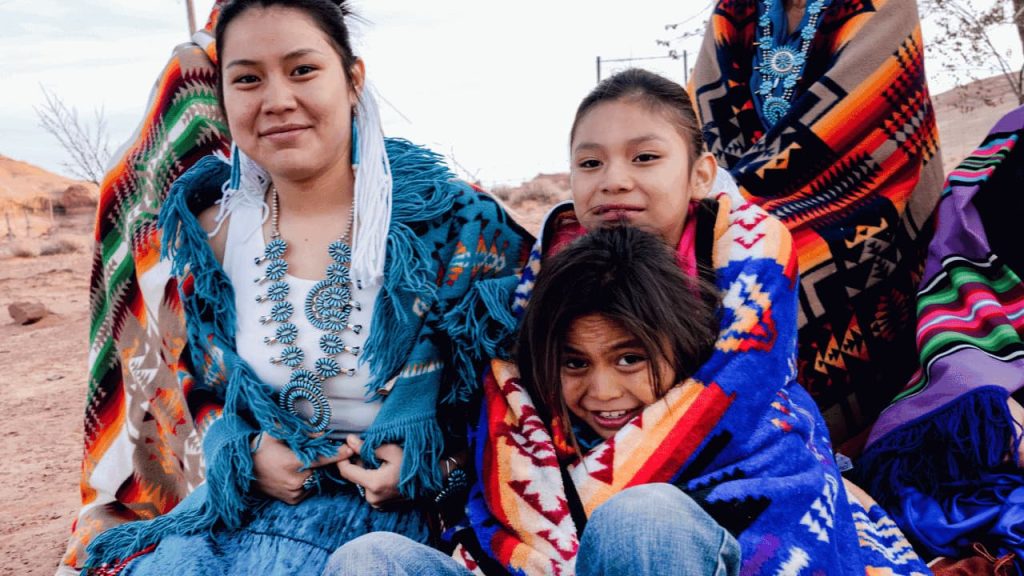November is National Native American Heritage Month! This important awareness month is dedicated to honoring the contributions of Indigenous American Indians and the history of the country’s first stewards. Read on to learn about the origins of National Native American Heritage Month, how you can celebrate, and what nonprofits you can support this November.
About National Native American Heritage Month

National Native American Heritage Month, also known as National American Indian Heritage Month, was created after decades of activism by many American Indians throughout history. The earliest efforts were led in the early 1900s by Dr. Arthur C. Parker, a Seneca Indian who worked as the director of the Museum of Arts and Science in Rochester, N.Y. As part of his goal to create a heritage day for the “First Americans,” he persuaded the Boy Scouts of America to set aside a day for acknowledgment for three years.
Another proponent of a Native American heritage acknowledgment day was Red Fox James, a Blackfoot Indian who rode horseback from state to state, seeking approval for a day to honor Native Americans in 1914. Then, in 1915, the Congress of the American Indian Association met in Lawrence, Kansas, to formally approve a plan in regards to American Indian Day. The Congress’s president, Reverend Sherman Coolidge, issued a proclamation on September 28, 1915, declaring the second Saturday of each May as American Indian Day. The Congress also created the first formal appeal for the recognition of Native Americans as citizens.
In the following years, New York adopted the Congress’s plan, designating the second Saturday in May as American Indian Day. Several other states celebrated American Indian Day on the fourth Friday in September. However, a national acknowledgement didn’t emerge until J.C. Elliott-High Eagle, a Cherokee Indian, created the first official week of awareness and recognition for American Indian and Alaska natives in October 1976. President Gerald R. Ford signed his resolution, and October 10–16, 1976, became the first nationally recognized recognition week for American Indians.
Ten years later, President Ronald Reagan proclaimed November 12-30, 1986, as “American Indian Week,” and after that, President George H. W. Bush approved a joint resolution which designated November as “National American Indian Heritage Month.” In the years since 1990, presidents have made similar proclamations with variations of the official name.
National Native American Heritage Month was created with the intention to provide a platform for American Indians to share and honor their culture, traditions, music, art, dance, beliefs, and ways of life. Indigenous people and culture have a great impact on our world today from naming conventions to cuisine, and every region of the United States has been influenced by the many American Indian nations and tribes that still live in the country today. In addition to celebration, the month is also a time to reckon with the history of the treatment of the Indigenous peoples in America and the impact of their dispossession by European settlers.
How to celebrate National Native American Heritage Month

Learn about Indigenous history and current events
A great way to celebrate National Native American Heritage Month is to educate yourself about American Indian history and the current American Indian nations and tribes in the United States. There are plenty of museums and museum exhibits dedicated to telling American Indian history and helping people better understand Indigenous culture.
You can also read books, watch videos and movies, and listen to talks and podcasts by Indigenous experts, scholars, conservationists, linguists, chefs, and more. There is plenty of media that can help you learn about Indigenous history and current events to give you an understanding of why National Native American Heritage Month exists.
Another way to learn more about Indigenous history is to visit archaeological sites like Mesa Verde and the Ocmulgee National Monument. There are archaeological sites all over the United States, so it’s easy to look up a few locations near you and carve out the time to visit the next time you’re traveling.
It’s also important to learn about the land you’re living on and who the original stewards of the land were or are. Taking the time to acknowledge the Indigenous people that came before you is a valuable process, and it can help to reach out to local Indigenous communities to learn how you can honor the original inhabitants of your home.
Support native-owned businesses and charities
While educating yourself and learning more about Indigenous history is extremely important work, it’s even more important to show your support to Indigenous communities in tangible ways. A great way to take action is to support Native-owned businesses and Native-serving charities. From jewelry and clothing to home goods and food, there are plenty of businesses you can purchase from to show your support. And if you’re looking for nonprofits to work with, here’s a couple to get you started.
Nonprofits to support

Pocahontas Reframed Film Festival
The Pocahontas Reframed Film Festival is an organization dedicated to empowering and bringing together Native artists, authors, actors, and cinephiles to honor the contributions of American Indians to film and increase representation of American Indians in media. The film festival is held in Virginia every year, and filmmakers can submit feature films, documentaries, and short films to be screened during the festival. Donate to support the film festival here.
Tribal Agriculture Fellowship
The Tribal Agriculture Fellowship is a nonprofit with the mission to support and uplift students who are interested in advancing their education with the purpose of “preserving and promoting the legacy of agriculture in Tribal communities.” College students who are Native American, Alaska Native, or Native Hawaiian can apply for the fellowship, which they can put towards their education. Fellows gain specialized knowledge so they can preserve and promote the legacy of agriculture in their communities. Donate to support the fellowship here.
Final thoughts
National Native American Heritage Month is an essential awareness month for understanding and honoring the Indigenous peoples that were the first stewards of the United States. Make sure to take time this November to learn more about American Indian history and why this awareness month is so important.







